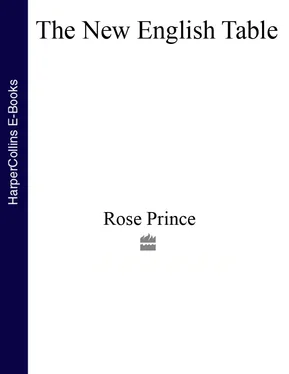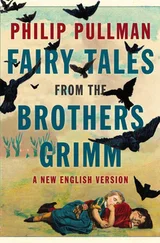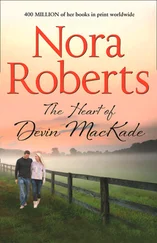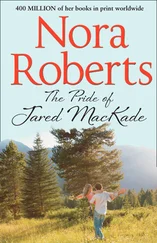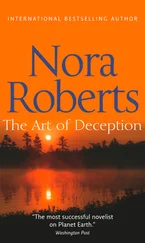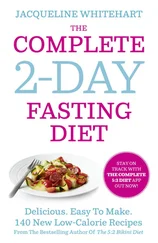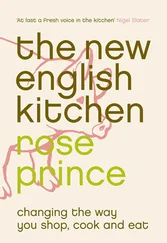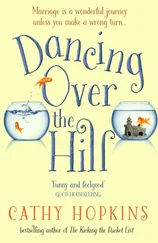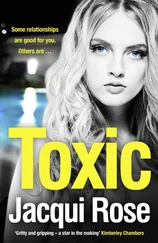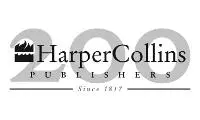
Copyright
Fourth Estate
An imprint of HarperCollins Publishers Ltd.
1 London Bridge Street
London SE1 9GF
www.harpercollins.co.uk
First published in Great Britain in 2008
Text copyright © Rose Prince 2008
Photographs copyright © Laura Hynd 2008
The right of Rose Prince to be identified as the author of this work and the right of Laura Hynd to be identified as the photographer of this work have been asserted by them in accordance with the Copyright, Designs and Patents Act 1988
A catalogue record for this book is available from the British Library
All rights reserved under International and Pan-American Copyright Conventions. By payment of the required fees, you have been granted the nonexclusive, nontransferable right to access and read the text of this ebook on-screen. No part of this text may be reproduced, transmitted, downloaded, decompiled, reverse-engineered, or stored in or introduced into any information storage and retrieval system, in any form or by any means, whether electronic or mechanical, now known or hereafter invented, without the express written permission of HarperCollins ebooks
HarperCollins Publishers has made every reasonable effort to ensure that any picture content and written content in this ebook has been included or removed in accordance with the contractual and technological constraints in operation at the time of publication
Source ISBN: 9780007250943
Ebook Edition © JULY 2017 ISBN: 9780007522736
Version: 2017-08-08
From the reviews of The New English Table :
‘The cook book of the season is The New English Table by Rose Prince, a food writer peerless for her knowledge, passion and practicality. The inventiveness of this bulging culinary treasury is balanced by reassurance.’
Independent
‘Rose manages to turn traditional and unfamiliar ingredients into something special – but without the angst. We love how she recycles leftovers in ingenious ways to make really good food go further. Even nervous cooks will be won over!’
SHE
‘Quintessentially English and pretty, this collection is set to expand your knowledge of new ingredients and ways to use them.’
Sainsbury’s Magazine
‘The emphasis here is on food that tastes fantastic but doesn’t cost the earth – good news in these belt-tightening times.’
Good Housekeeping
‘A proper kitchen book, made to spend time on the kitchen table. A book that chimes with the ‘new austerity’ ethos of buying wisely and making it last.’
Time Out
‘If ever a book was perfectly timed, this is it. Just as we’ve begun to value good-quality food, along comes the promise of a recession. In this heavyweight food bible featuring 200 recipes, Rose Prince explores affordable and easy-to-cook food, and proves that good eating doesn’t have to cost the earth.’
Woman & Home
‘A beacon of talent and intelligence, Prince has generated a devoted and appreciative following … writing in a tone that is all her own, her recipes are moral, healthy, economical and (in case this sounds too uplifting for words) extremely tasty.’
Independent on Sunday
‘What is new about the recipes is the way [Rose Prince] takes traditional English foods and uses them with a twist … this book is the antidote to officious nutritionists and State nannies. It’s a call to treat food with love and reverence rather than guilt.’
Country Life
‘No one bears Mrs Beeton’s mantle better.’
The Economist
‘Making the most of British ingredients has always been at the heart of food writer Rose Prince’s recipes.’
BBC Olive
Dedication
In memory of
Mary Goloubeff Kapnist and her white farmhouse
Epigraph
A man dies and is buried, and all his words and actions areforgotten, but the food he has eaten lives after him in the soundor rotten bones of his children.
George Orwell, The Road to Wigan Pier (1937)
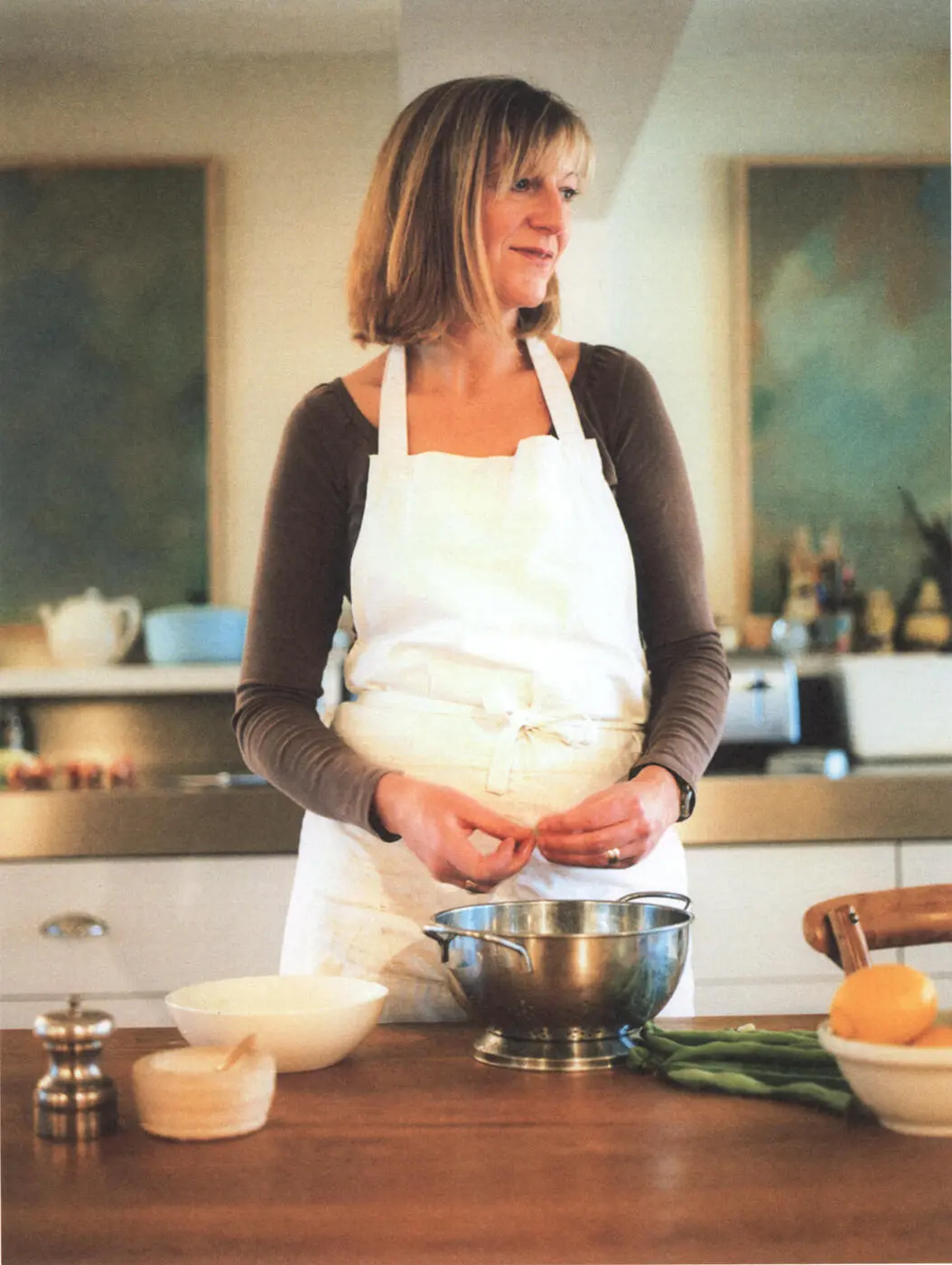
Contents
Cover
Title Page
Copyright
Praise
Dedication
Epigraph
Introduction
List for All Recipes
Apples
Asparagus
Bacon
Barley
Beans
Beef
Blackcurrants
Broccoli
Buckwheat
Buffalo Milk
Cauliflower
Glorious Rehash – a New Generation of Leftovers
Celery
Cheese
Chestnuts
Chicken
Chickpeas
Chicory
Cobnuts
Cocoa
Courgettes
Crab
Crayfish
Cucumber
Damsons
Eggs
Elderflower
Faggots
Figs
Goose
Gooseberries
The Local Table
Grouse
Gurnard
Haddock
Ham and Gammon
Honey
John Dory
Lamb and Mutton
Langoustines
Lemons
Lentils
Mackerel
Megrim Soles
Mushrooms
Oats
Olive Oil
The Lost Kitchen
Ox Tongue
Oysters
Partridges
Peas
Pheasant
Pistachio Nuts
Pomegranates
Pork
Potatoes
Prawns and Shrimps
Quince
Rabbit
Radishes
Rice – Short Grain
Rice – Long Grain
Roots
Roses
Runner Beans
Sardines
Sausages
Scallops
Squash and Pumpkin
Sweetbreads
Tea
Tomatoes
Trotters and Knuckles
Rhythms of Dinner and a Time to Eat Soup
Turkey
Veal
Watercress
Wheat
Wild Salmon
Woodpigeon
Bibliography and Sources
Index
Acknowledgements
About the Author
About the Publisher
Introduction
My one table is two tables. Mostly it is an everyday table, a busy junction where plates arrive and leave, sometimes in a hurry, sometimes late. But they leave empty, I hope. Food for every day might be an economical bean and herb soup; juicy threads of braised ham hock beside a pile of buttery potato, or something good rehashed from something left over. But every now and then we sit at the ‘other’ table, for a weekend lunch or dinner, supper with others or a seasonal feast. Then we eat dishes cooked with ingredients that are more luxurious and precious: a whole baked Cornish fish, or roast game birds; a dish of new-season asparagus and pea shoots; a creamy pudding piled with summer berries and decorated with flowers.
It is a rhythm of eating that I enjoy. I have been good, so I can be bad; some meals are tempered, so others can be rich. It rejuvenates the old concept of ‘fast and feast’ and has become quite natural. But oscillating between those dishes of leftovers, cheap cuts and humble raw materials on the one hand and richer meals based on more valuable ingredients on the other is not just a feel-good diet; it forms part of a solution to a wider predicament.
There is a strong bond between good human health and the health of the environment. What you choose to eat has both an intrinsic and an ecological impact. If, in place of eating fillets of chicken, you decide to cook a whole chicken, eat the meat, then make an ambrosial broth from the bones to use in a creamy soup scented with tarragon, you can afford to buy a traditionally reared bird that has been fed on natural forage. Feeding chickens grass rather than cereals not only saves considerable quantities of fossil fuel (used in fertiliser and processing) but also benefits you: grass-fed livestock have a higher proportion of essential fatty acids in their meat, which are good for heart health and help guard against becoming overweight. There is also the diversity factor in this equation. As well as reducing uneconomic waste, recycling food left over from other meals encourages the use of many more appetising ingredients, such as herbs, salad vegetables and pulses. Growing a greater variety of crops and so eating a more diverse diet is again a plus for both people and planet. The meals on our table form part of a cycle that can, collectively, make a positive difference.
Читать дальше
